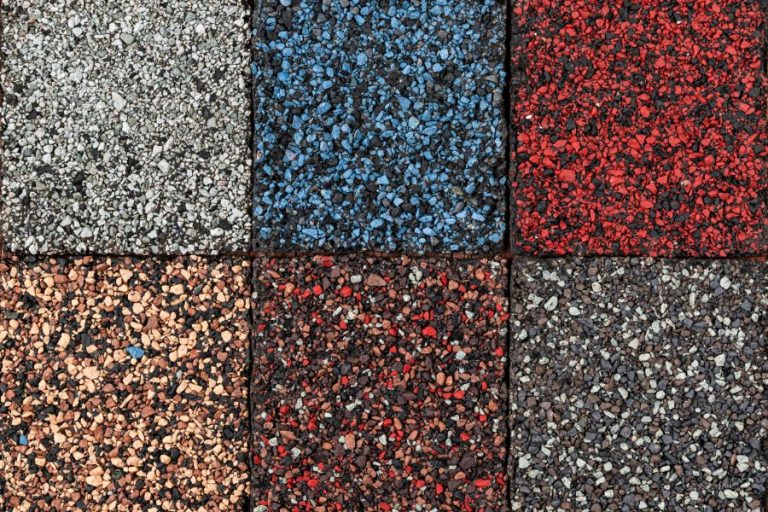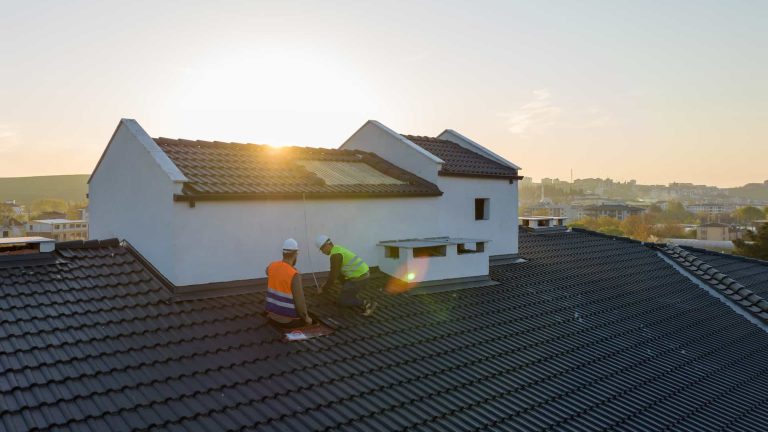Your Ultimate Guide to Determining How Often to Replace Your Roof
Your home is your sanctuary, a place to relax and unwind after a long day. But what happens when your home’s roof is in disrepair? A leaky roof not only disrupts your peace of mind, it can also lead to costly repairs. That’s why it’s important to know how often to replace your roof.
In this guide, we’ll tackle everything you need to know to determine when to replace your roof. From the signs of wear and tear to the lifespan of different roofing materials, we’ve got you covered.
Signs of Wear and Tear on Your Roof
The first step in determining how often to replace your roof is to check for signs of wear and tear. Some of the most common signs include:
- Age: The age of your roof is a good indicator of when it’s time for a replacement. Most roofs last between 15 and 25 years, depending on the material.
- Leaks: If you notice water stains on your ceiling or walls, it’s a sign that your roof is leaking and needs to be repaired or replaced.
- Sagging: A sagging roof is a serious issue that requires immediate attention. It’s a sign that the roof can no longer support itself and needs to be replaced.
- Missing or Damaged Shingles: Shingles protect your roof from the elements, so missing or damaged shingles can lead to leaks and other issues.
- Granule Loss: If you notice granules from your shingles in your gutters or around your home, it’s a sign that your shingles are beginning to wear out and need to be replaced.
Lifespan of Different Roofing Materials
The lifespan of your roof depends on the type of material used. Here are some of the most common roofing materials and their lifespans:
- Asphalt Shingles: Asphalt shingles are the most common roofing material and are relatively inexpensive. They typically last between 15 and 25 years.
- Metal Roofing: Metal roofing is durable and long-lasting, lasting 40 to 70 years.
- Clay Tiles: Clay tiles are popular in warmer climates and can last up to 100 years with proper maintenance.
- Slate: Slate is one of the most durable roofing materials, with a lifespan of up to 100 years.
- Wood Shingles: Wood shingles are popular for their natural look, but they are prone to rot and have a lifespan of 20 to 25 years.
Importance of Regular Inspections
Regular inspections are crucial for maintaining the lifespan of your roof and preventing costly repairs. It’s recommended that you have your roof inspected at least once a year or after severe weather events such as heavy rain or snow.
During an inspection, a professional roofer will check for signs of wear and tear, such as damaged shingles or leaks. They will also check the flashing and sealant around your roof’s vents and chimneys, as these areas are prone to leaks.
A roofer may recommend a replacement if your roof is older or has sustained significant damage. Address any issues with your roof as soon as possible to prevent further damage to your home’s structure.
Conclusion
The lifespan of your roof depends on the material used, with asphalt shingles lasting between 15 and 25 years and slate lasting up to 100 years. Regular inspections are crucial for maintaining your roof’s lifespan, and signs of wear and tear, such as leaks or missing shingles, should be addressed immediately. By following these tips, you can ensure that your roof stays in good condition and protects your home for years.
If you’re seeking professionals to do your roof replacement in Charlotte, NC, call in the experts at Weather Roofing. We use a modern approach to roofing, so you can rest assured that your family, home, and assets will be protected. Get a free inspection when you inquire today!








